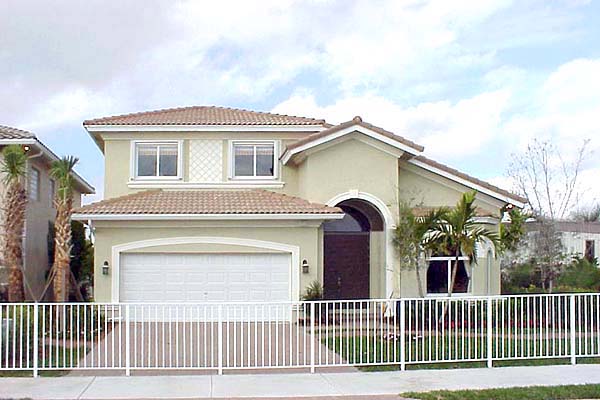BUILDING LINE
Understanding the Building Line in Real Estate
In the realm of real estate and property development, the concept of a building line holds significant importance, influencing the design, construction, and permissible land use within a given area. As a fundamental component of zoning regulations and urban planning, the building line plays a pivotal role in shaping the built environment and ensuring harmonious development within communities.
Defining the Building Line
The building line, often referred to as the setback line, delineates the minimum distance that buildings or structures must maintain from the edge of a property or a public right-of-way. This regulation is implemented to achieve various urban planning objectives, including:
Aesthetic Harmony:
By establishing consistent setback requirements, building lines contribute to the visual coherence and appeal of streetscapes and neighborhoods.
Safety and Accessibility:
Setting building lines ensures adequate space for pedestrian walkways, emergency access, and public infrastructure, promoting safety and accessibility within urban areas.
Environmental Considerations:
Building lines may also factor in environmental considerations such as sunlight exposure, ventilation, and green space preservation.
Regulatory Framework
Building lines are typically defined and enforced through local zoning ordinances, building codes, and land use regulations. These regulations vary across different jurisdictions and are tailored to reflect the unique characteristics and development goals of specific areas. Commonly, municipalities and planning authorities stipulate different building line requirements for residential, commercial, and industrial zones, aligning with the intended function and character of each zone.
Impact on Development and Property Rights
The building line exerts a tangible influence on property development, architectural design, and land utilization. Developers and property owners must adhere to the prescribed setback requirements when planning and constructing buildings, ensuring compliance with zoning regulations. This regulatory framework seeks to balance the interests of property owners with broader community considerations, seeking to foster cohesive and sustainable urban development.
The building line exerts a tangible influence on property development, architectural design, and land utilization. Developers and property owners must adhere to the prescribed setback requirements when planning and constructing buildings, ensuring compliance with zoning regulations. This regulatory framework seeks to balance the interests of property owners with broader community considerations, seeking to foster cohesive and sustainable urban development.
Conclusion
In the intricate tapestry of real estate and urban development, the building line emerges as a crucial regulatory tool, guiding the spatial arrangement and architectural character of built environments. By upholding aesthetic, safety, and functional considerations, building lines contribute to the creation of vibrant, livable, and well-organized communities. As urban landscapes continue to evolve, the building line remains an indispensable element in the pursuit of balanced and thoughtfully planned development, embodying the intersection of individual property rights and collective urban interests.
In summary, the building line stands as a testament to the intricate interplay between regulatory frameworks, property development, and the aspirations for sustainable, harmonious urban environments.
MORE REAL ESTATE TERMS
A, B, C, D, E, F, G, H, I, J, K, L, M, N, O, P, Q, R, S, T, U, V, W, X, Y, Z
Featured New Home

Featured Mortgage Brokers
- FIRST HERITAGE FINANCIAL, LLC, TREVOSE, PA
2655 NESHAMINY INTERPLEX DR
TREVOSE, PA 19053 - PRYSMA LENDING GROUP LLC, DANBURY, CT
10 PRECISION RD STE 2B
DANBURY, CT 6810 - OPEN MORTGAGE LLC, CORONA, CA
1840 ROCKCREST DR
CORONA, CA 92880 - Harvard Mortgage, mortgage broker in Albuquerque, NM
9551 Paseo del Norte NE
Albuquerque, NM 87122 - AMERICAN MIDWEST MTG CORP, CLEVELAND, OH
6363 YORK RD STE 300
CLEVELAND, OH 44130